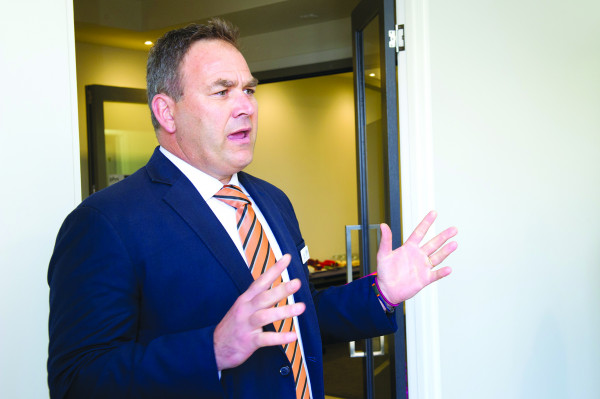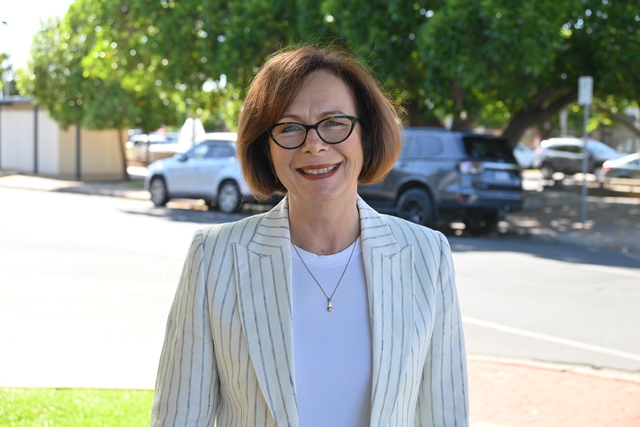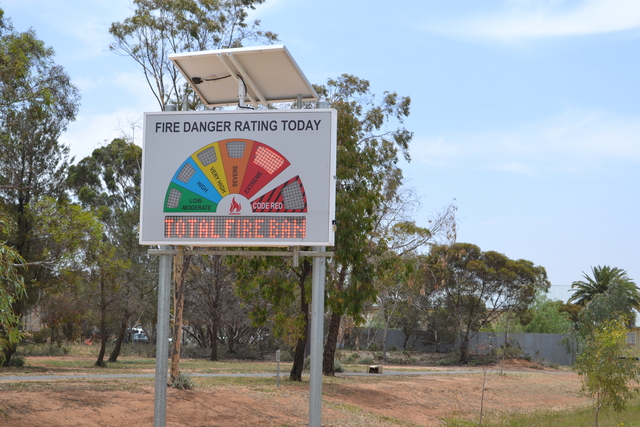LONG-term planning and “significant support” is needed to grow the local GP workforce, Murray Primary Health Network chief executive Matt Jones says.
Murray PHN last week released its 2023 Murray Health Report, covering a region where 191 general-practice clinics and 47 public hospitals employ 533 GPs and 184 GP trainees.
In October 2021 there were 194 GP clinics in the PHN region.
The report found every one of its 50 “GP catchments” needed additional primary health workforce capacity.
Of eight catchments in north-west Victoria, five were classified as having “higher need”, in areas covering Robinvale, Sea Lake, Kerang, Cohuna and outer parts of the Mildura municipality.
There were two catchments at “moderate need”, covering Swan Hill and Mildura, and only one was considered “lower need”.
Mr Jones said now was the time to recognise the important work of GPs and ensure adequate support was provided.
“Despite its importance to all Australians, many of our communities are experiencing a decreasing primary health-care capacity and people are getting sicker,” he said.
“Our health needs have changed in the 50 years since our Medicare system was born.
“Fifty years ago, the average general practice saw a very different cohort of patients, with a different range of injuries and diseases to treat, maybe four or five times a year. “Health problems such as heart or lung disease, or diabetes, were often very life limiting.
“Today, with advances in medical care, people are living much longer with chronic diseases and often maintaining a good quality of life.”
Victorian Department of Health figures showed the state’s 1.9 million presentations to emergency departments in 2022-23 was a record high.
In regional and rural areas, almost 5 per cent of people with a long-term health condition delayed or decided not to attend a GP appointment due to cost – a figure that has almost doubled in recent times.
Mr Jones said there was still a critical need to attract more people to the primary health-care workforce in the Murray region and one of the main ways to achieve this was better funding.
“General practice requires significant support, including collaboration between all levels of government and health services, in order for it to succeed,” he said.
“For those of us working in rural and regional areas, it is clear that we need a more tailored and nuanced models of general practice funding.
“Instead of simple fee-for-service funding models, we need long-term planning and support for communities to grow their own workforce and build systems and structures that provide high-quality health care as close to home as possible.”
In an effort to address the need for more primary care in rural areas, the Federal Government announced $31.6 million in this year’s Budget for improved training arrangements for international medical students working in rural and remote locations.
Mr Jones said improved access to primary health care took strain off the acute system.
“In reality, the term ‘general’ practice is misleading,” he said.
“Our general practitioners are highly skilled specialist generalists – rather than specialising in one body system, they know a great deal about most physical and mental issues.”







